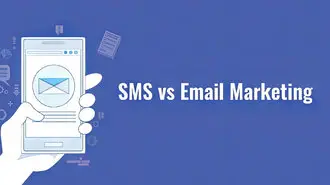To maximise the reach of your podcast, it’s essential to consider marketing your podcast strategies for your target audiences, including podcast listeners, whether you’re looking to learn podcast marketing how to market a great podcast, optimising your skills, or Learning podcast marketing techniques on how to market a podcast effectively.
Here’s what you need to know about podcast marketing and what a podcasting journey in marketing is. You are also creating strategies to market your podcast to aviation professionals who work for you.
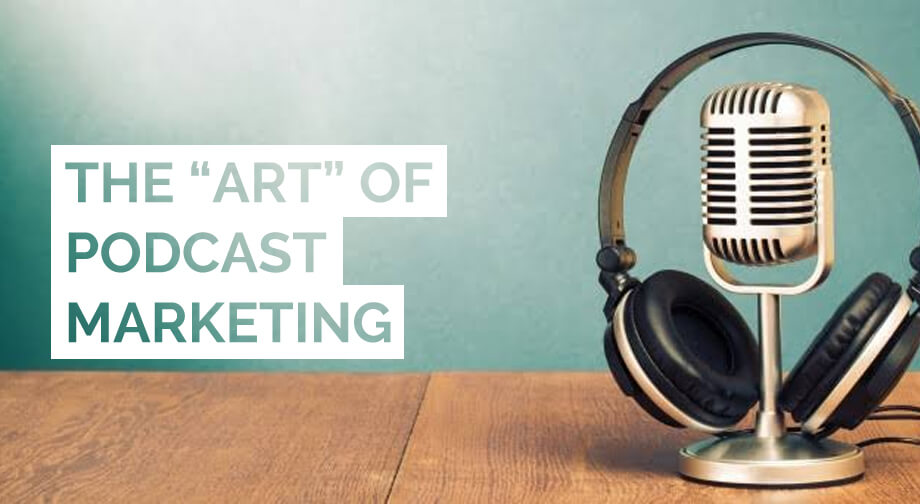
How do I start a podcast? Beginning a marketing podcast is not the most challenging thing, but building success in your podcast for marketing cannot be left to chance; it takes planning to build success.
It makes sense that this tutorial will guide you through the process of Creating a business podcast on marketing that resonates with people who comprise your audience as part of your podcast marketing strategy and help you understand effective podcast marketing using social media platforms.
Choose The Topic For Your Podcast
It would be best to decide on a topic you can tap your interest in, as it’s key and one your target audience can relate to.
Developing strategies that focus on boosting your podcast content marketing is crucial for promoting your podcast, growing your podcast marketing efforts, and finding ways to promote your show.
Creating relevant and exciting marketing strategies podcast Australia ideas for your art marketing podcast for your audience may be the difference between successful podcast marketing ideas and failure. Plus, when making a podcast, if you have an existing audience and are passionate about it, the conversation and information will flow much more quickly.
It needs to be on a particular niche or topic that matches your podcast growth strategy interests others will find as interesting as you do.
Running strategic podcast marketing tactics involves selecting a focused concept to use for short yet sustained discussion and potential expansion as your marketing podcast gains popularity, develops a successful marketing strategy, and starts to feel established.
If you’re not interested in the topic, marketing your podcast effectively becomes very challenging. Getting and maintaining a listener is essential. You discover ways to get them to listen, possibly through an email newsletter or even YouTube or Instagram, and grow your engagement.
You want the message you’re conveying to be interesting and have them follow.
No matter your industry, there is a niche; however, you may need to be creative in your delivery method, such as through YouTube videos, to remain entertaining.
Want to receive updates? Sign up to our newsletter
Each time a new blog is posted, you’ll receive a notification, it’s really that simple.
Make The Name Interesting
Selecting a unique name for your podcast is essential to attract and engage your target podcast community as part of your marketing plan for podcast success. It needs to be catchy and descriptive about what you’ll do to deliver your content creation as part of your podcast marketing plan in the show.
Try to think of a name that might be a little broader than the topic itself. Hinting at a broader subject allows you to expand in different areas and identify topics to talk about that you like, based on your experience, that will interest your viewers.
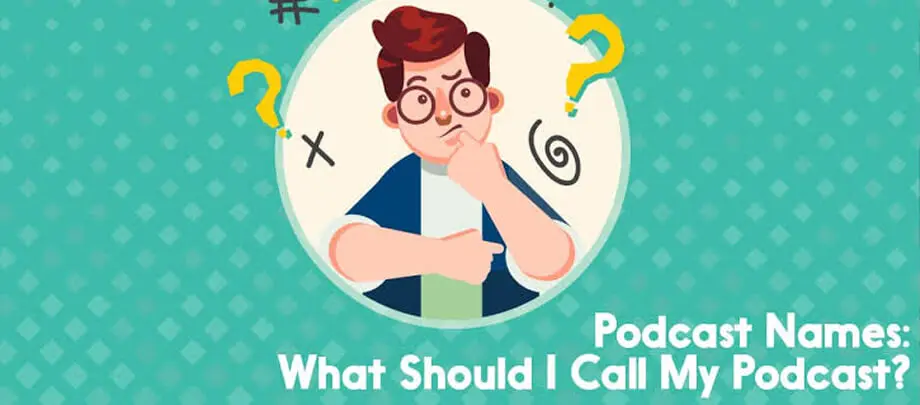
For example, if you’re a Plumber in our Australian demographic, your audience is likely other plumbers or homeowners. Finding the best podcast promotion service can help create something using comedy or an edgier relatability to boost rapport early.
Something like “Get Piped” and “Plumbers Crack” is edgy but comedic to a demographic.
Think out of the box, discussing each innovative idea with family, friends or staff, and using resources and gauge their feedback through a link, while feedback is valuable, transcripts can provide clearer guidance for feedback analysis through links; they may not be your demographic.
Plan The Format
Many podcast “experts” claim that a certain length is perfect for people who enjoy your podcast episode.
That’s not true.
You do NOT need to create a 30-minute podcast because that might be the average driving time from home to work. Neither do you need to keep your podcast under an hour because viewers can no longer pay attention?
Five- and ten-minute podcasts are hugely successful, and four- to six-hour podcasts hold viewers’ attention for the entire show, considering potential cross-promotion opportunities.
Decide on a time that works for you and stick with it. If it doesn’t work for some reason, you can always change it.
There’s one thing you must remember, though. Please do not make your podcast any longer than it needs to be. Stick to the topic at hand. If you think about going off-topic, save it for the next episode.
Cover Art
The cover art you choose will be the first impression viewers will see when deciding which podcasts are worth listening to.
It will also be the primary impression someone sees when you share your podcast on social media pages and posts, much like a business’s logo.
Hundreds of online designers can help you produce consistent branding to increase the appeal of your podcast’s final cover art. A couple of options for affordable designs are:
Check out other podcasts that stand out to inspire content your audience will want to subscribe to and make them representative of your brands. Imitation forms the sincerest form of flattery, but make your cover art your own and never plagiarise someone else, for instance.
Choose The Right Music
The right music will enhance its appeal to potential listeners and help make it stand out.
If you already have something you like, Ensure your music is adequately licenced before sharing your podcast on platforms like Twitter. A full licence is mandatory when you go live.

Services like Melody Loops offer hundreds of thousands of royalty-free music you can use for your podcast.
The site makes it easier to set you up with a multi-use licence, and it’s easy to download the background music you like at almost any length you need.
Select Good Equipment
Audio quality is essential for your podcast, and we have all listened to a podcast, TV show, or even a phone call with poor audio; it’s a clear standout.
Connect with your audience and start your own podcast with a decent microphone, leaving an impression, not the one that came with your computer or the one your grandma gave you she bought on eBay.
Check Amazon and its reviews to find a good-quality podcasting microphone. You’ll also find a great assortment of podcast kits to make your home studio look and sound more professional.
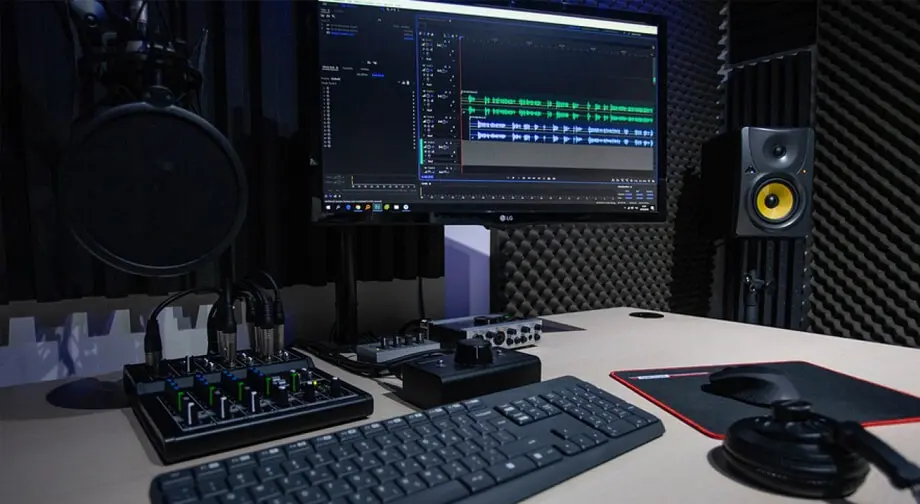
Many better microphones have both a USB and an XLR connection, allowing you to upgrade your equipment later without needing to buy a new mic.
Guests
If you plan to do an interview podcast, put together a list of guests you would like to invite to your podcast.
Then, send a message to them to see when they can discuss the subject you’re interested in.
A good proposal is significant. Come up with an attractive proposition and understand how to promote a podcast effectively to provide value while respecting their time, as if you’re adding value to them through podcast advertising.
Last updated and explain why this is good for the market for your guests.
A guest host will ensure your featured content keeps your podcast interesting to regular viewers and new visitors.
Pick podcast hosts with a well-known name for guest appearances who will have something interesting to share with your audience, potentially incorporating real-life examples.
There’s an excellent chance that they will share your podcast with their audience and ensure that your podcast will attract new listeners and pick up more followers in a larger social following. It is great to promote your podcast when you first start out.
Recording
- Warm-up recording a podcast episode requires some talking, but never go into your session cold. Warm up your vocal cords by practising your script. You’ll find this will go a long way to improving your dictation and help prevent you from stumbling over unexpected words.
- Use a Small, Quiet Room—Record your podcast episodes in the smallest and quietest room possible. This will help reduce echoes and outside noises.
- Seal Yourself In—Close windows and doors, turn off any machines or devices that make even slight noises, and put pets somewhere else. Fill the room with delicate items like pillows, images, podcast clips, and couches, and use carpet to muffle noise and absorb sound.
- Position the Mic properly—Set it at the same height as your mouth and place your chair back a few inches. Constantly adjust a pop filter to get the right volume level.
- Watch Your Volume — Monitor your volume levels while recording. Keep it at a normal conversational tone, and avoid distortion.
- Breathe Properly — Control your inhaling and exhaling to stop any big gusts of air from being recorded. Sit up straight and take small breaths. Move away from the mic when you need to take a larger breath than usual.
- Stay Still — Don’t move around. Anytime you move, it creates background noise in your recording. Don’t let the mic cable rub against your shirt or collar. Keep your feet planted on the floor. Don’t move things around on the desk. Anything you move must be a silent process so the mic does not pick it up.
Editing
Use a digital audio recording and editing application like Audacity or Adobe Audition. These work great with PCs and Macs, allowing you to showcase insights behind the scenes. GarageBand is popular, but it only works on the Mac platform.
Once recorded, save your podcast immediately and make a backup or upload it to the cloud to avoid lost or corrupted files.
To grow your audience, optimise your podcast through SEO efforts, known as podcast SEO, which involves editing the audio to enhance quality and ensure proper timing. Use headphones so that when you listen, you don’t miss anything.
Add in the music, relevant keywords, interviews, and clips, and Re-record any parts that don’t convey precisely what you need to make the entire podcast entertaining and never boring.
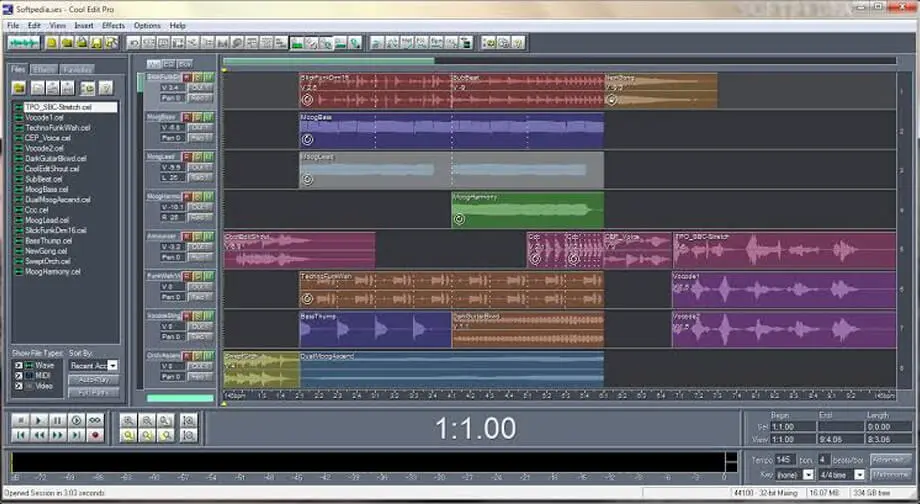
The editing software can also be compressed and equalised, but be careful to try to make the result clean and not unbalanced, similar to a popular podcast in your niche.
As a final step, Auphonic will be used to normalise the loudness, levelling, and filtering.
Auphonic is an automatic audio post-production web service for podcasts, broadcasters, radio shows, and movies. It helps to improve the richness and volume of the user’s podcast audio production and is free as long as you don’t exceed two hours to prepare a new episode per month of processing unless you want to experiment more.
Where To Publish Your Podcast
Submit your podcast to various podcast apps and directories to make it accessible to a wider audience.
There are several good ones, but Buzzsprout offers a user-friendly platform to grow social media followers, manage your podcast, and establish your social media strategy, including a Facebook post.
As part of your podcast distribution strategy, Apple’s iTunes works well for Mac users. Just click on your own podcast website and on Apple Podcasts under the tab for Directories and follow the steps provided.
Other excellent choices are Headliner and Wavve, especially if you want to customise your video podcast episodes for sharing.
Website Hosting & Design
Most podcast hosting companies will give you a podcast website, but you should consider WordPress, a separate host of severe users.
WordPress walks you through the process in simple terms, providing a bit more guidance in order than other sites, which can be very helpful for beginners.
As a digital marketing agency, we offer web designs and landing pages that convert and can create a fantastic website to host your podcast, increase website traffic, and provide branding. Still, there are undoubtedly accessible and more affordable options available.
Is podcasting a good marketing strategy? Explore creative podcast promotion ideas and tips. Podcast marketing in 2025 is more complex than ever, and it’s important to stand out and understand podcast marketing trends with a proper strategy that’ll offer podcast marketing tips to take you from zero to hero using ads effectively.
Transcriptions
Getting a transcription is an excellent way for Google and the other search engine algorithms to “read” your podcast episodes.
They offer a great way for your audience to find your podcast quickly, adding one more avenue for viewers to find it.
In addition to using services like Veed.io for transcription, it’s crucial to leverage the power of social media marketing to promote your podcast effectively. Buzzsprout also has a built-in transcription service when you opt for one of their paid plans.
Suppose you want to take things seriously and take them to the next level. In that case, descript is the most powerful podcast audio editing and transcribing tool for video and audio. We use it and recommend it where possible.
Show Notes
Show notes can also be transcriptions, which is another way to get more viewers for your podcast.
Show notes are usually a simple summary, often a min read about your podcast, detailing what one of your podcasts talked about or even a whole blog post designed to represent your brand to be read rather than listened to.
Once you’ve set up your show notes page, embed your podcast’s RSS feed code so viewers can listen to your podcast’s new episodes directly on your website.
Let’s Start Your First Podcast Episode!
To maximise your podcast’s growth and success, consider utilising professional podcast promotion services to reach a wider audience.
We hope these notes about starting your podcast have helped you get started. Be sure to share this tutorial with others who might be interested in starting their new podcast! Remember to define your marketing strategy for podcast projects before you begin.
If you have feedback, want more information or have any questions, please let us know in the comments.





